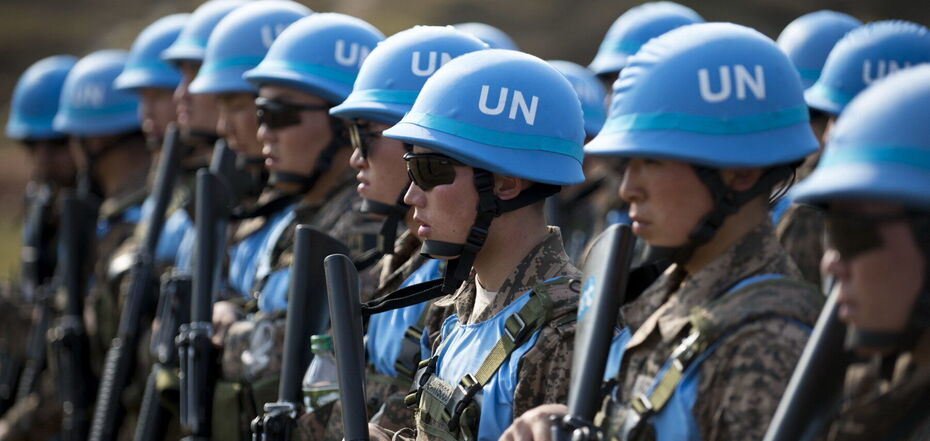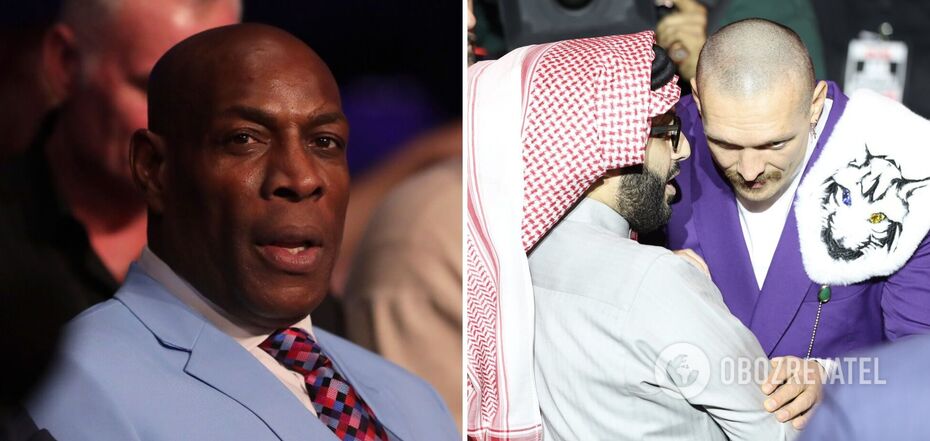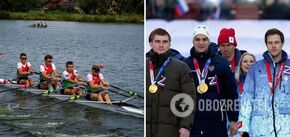Politics
Sending European peacekeepers to Ukraine could be a major topic at Munich conference – NYT
The issue of deploying a European peacekeeping contingent to Ukraine will be one of the central topics of discussion at this week's Munich conference. However, not all European officials and Western analysts consider this prospect a reasonable step if Ukraine does not become a NATO member.
At the same time, there are difficulties with a sufficient number of military personnel who could join such a mission and deter Russian dictator Vladimir Putin from continuing his aggression, and the change in US policy is making its own adjustments. This is stated in the article by The New York Times.
In the article, in which the author tries to analyze whether European troops are capable of protecting Ukraine's security, he notes that without Ukraine's accession to NATO, sending a large number of European troops to Ukrainian territory seems to many to be reckless, even foolish.
"Without explicit American involvement in such an operation-with American air cover, air defense, and intelligence, both human and technical-European troops would be under serious threat of Russian probing and even attack," the article says.
The article mentions that, according to Ukrainian President Volodymyr Zelenskyy, a peacekeeping contingent of at least 200,000 troops should be sent to Ukraine to resolve the war: such forces could become a certain guarantee of security. However, even if a consensus on this issue were reached, Europe would face the issue of personnel shortages.
"That's nearly three times the size of the entire British army, and analysts say it's impossible," the NYT writes, adding that Europe simply doesn't have 200,000 troops.
It would be difficult for Europe to assemble a contingent of even 40,000 troops. The reason for this, according to the NYT, is the slow economic growth, the lack of troops, and the need to increase military spending to protect itself.
"And it's likely to be insufficient to provide a real deterrent to Russia," the publication says.
According to Lawrence Friedman, a professor of military studies at King's College London, a real deterrent force usually requires "more than 100,000 troops on mission" for regular rotations and emergencies.
In addition, the author's interlocutors from European government circles emphasize that such a peacekeeping mission on the ground requires American support. Without it, the lives of the military will be endangered, and Russia will do everything it can to undermine both the political and military authority of NATO.
A small number of troops without U.S. support would not be a guarantee, but rather a "bluff" and could push Russia to "test the waters," which NATO states, according to Claudia Major, a defense expert at the German Institute for International and Security Affairs, would hardly be able to resist.
The most realistic, according to Friedman, are three key models of development: peacekeeping, deterrence, and the "tripwire force" model. And each of them has its drawbacks.
The disadvantage of the first model is that peacekeepers have light weapons, sufficient only for self-defense. Usually, the contingent is formed from military personnel from many countries, usually under the auspices of the UN. Since the front line in Ukraine is 1,300 kilometers long, a "huge number of troops" would be needed, which, as noted, Europe cannot currently provide.
The "Tripwire force" model is de facto already being implemented by NATO in eight member states located close to Russia. However, it will only work if there is an inseparable link between troops on the ground and larger reinforcements ready to enter the battle if necessary, which in the case of Ukraine is a challenge.
The most reliable model, according to the article, would be a deterrence model, but it would require at least 150,000 well-equipped troops, as well as air defense, intelligence, weapons, and U.S. assistance with strategic assets.
Even if all of this could be provided, Friedman notes that he cannot imagine Russia agreeing to such a development. Therefore, the best model after a potential ceasefire, in his opinion, would be a fourth model, conventionally called the "porcupine," which would consist of Western partners providing the Ukrainian Armed Forces with sufficient weapons, resources, and training, including with the participation of Western forces. This would be a chance to convey to Russia that it should not attempt to start a new war. However, this will only work if the West makes such a long-term commitment.
At the end of January this year, the Russian Foreign Ministry issued threats over the idea of deploying peacekeepers to Ukraine. They threatened the West: if it sends peacekeepers to Ukraine without Moscow's permission, these military personnel will become a "legitimate target" for the occupation forces.
Meanwhile, President Volodymyr Zelenskyy believes that any peacekeeping force deployed to Ukraine should include U.S. troops. This will be the key to their effectiveness.
Only verified information on our Telegram channel OBOZ.UA and Viber. Do not fall for fakes!



























